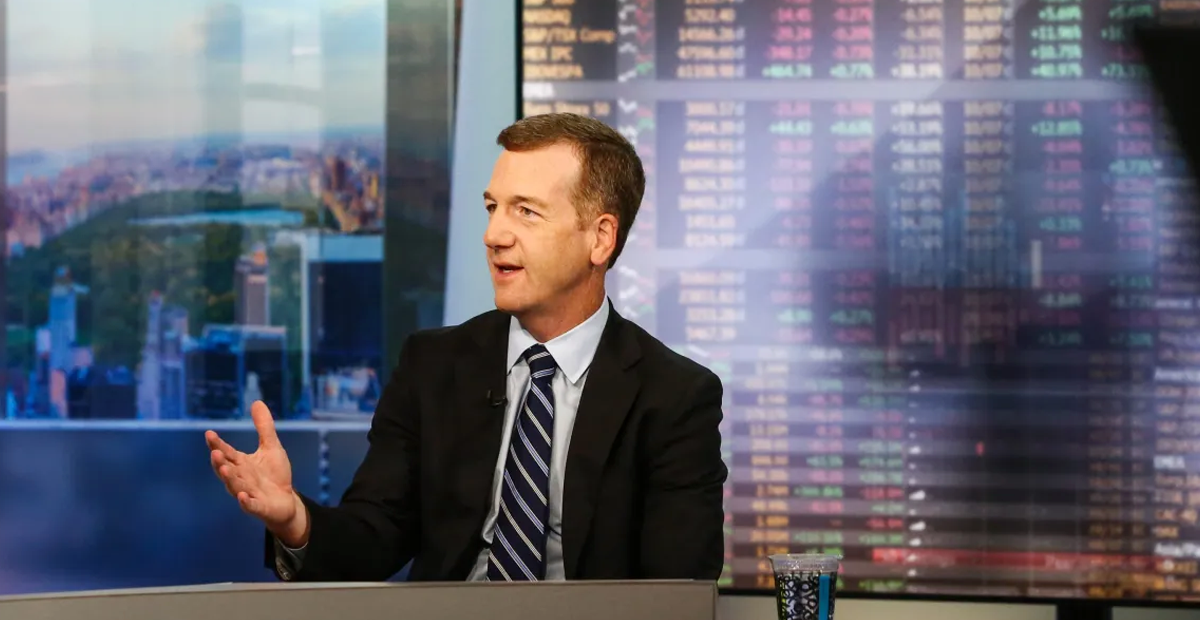Treasury Rally Faces $125B Barrier
Bond traders welcomed signs of a cooling US labor market, sparking a surge in US Treasuries on Friday. The government report indicating unexpected softness in job and wage gains last month contributed to a late-week rally, which began after Federal Reserve Chair Jerome Powell hinted at potential rate cuts in response to evolving data.
Investors are cautiously increasing their bets on easing measures this year, particularly on two-year notes, as evidence of economic deceleration mounts. However, despite concerns over slowing growth, inflation remains persistent, potentially constraining the Fed’s policy options and keeping bond yields within recent ranges.
The upcoming auctions of $67 billion in 10- and 30-year Treasury securities next week will gauge demand for longer-dated debt, which has faced skepticism from some investors. Additionally, $58 billion of three-year notes will be sold as part of the quarterly refunding auctions.
Mark Lindbloom, a portfolio manager at Western Asset Management, believes shorter-term securities like two- and five-year notes will outperform longer-term debt, despite the relief provided by the jobs report and Powell’s comments.
Powell reiterated the Fed’s readiness to respond to signs of weakening job creation and wages, underscoring the dovish stance following Friday’s employment data. Market reactions saw the US two-year yield dropping to 4.7%, significantly lower than its recent peak, indicating expectations for multiple rate cuts this year.
George Catrambone of DWS Americas favors owning two-year notes given the remote probability of rate hikes. However, concerns persist regarding longer-dated debt, especially if inflation remains above the Fed’s target and government spending increases.
Jennison Associates, overseeing $50 billion in fixed income assets, advocates a steepening trade strategy, overweighting shorter-term Treasuries while underweighting the 10-year note. They anticipate a steeper yield curve if the Fed initiates cuts and the market prices in further easing on softer data.
Overall, while the two-year yield is expected to decline further, uncertainty remains regarding the attractiveness of longer-dated debt amid inflation concerns and potential Fed actions.











